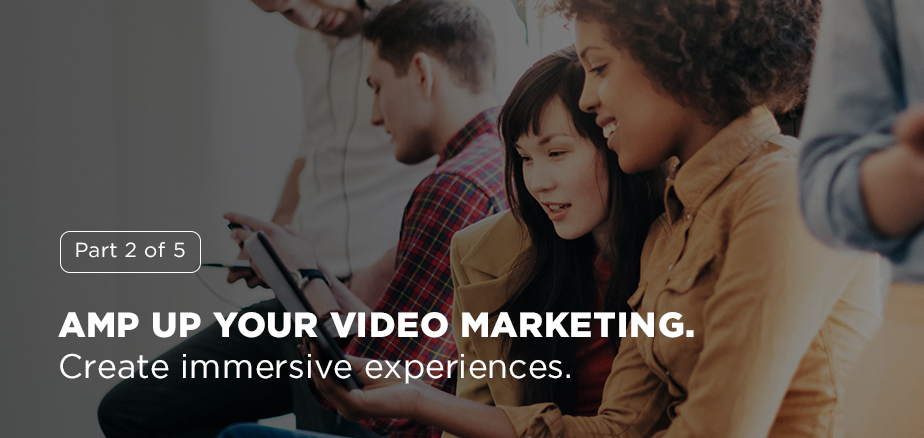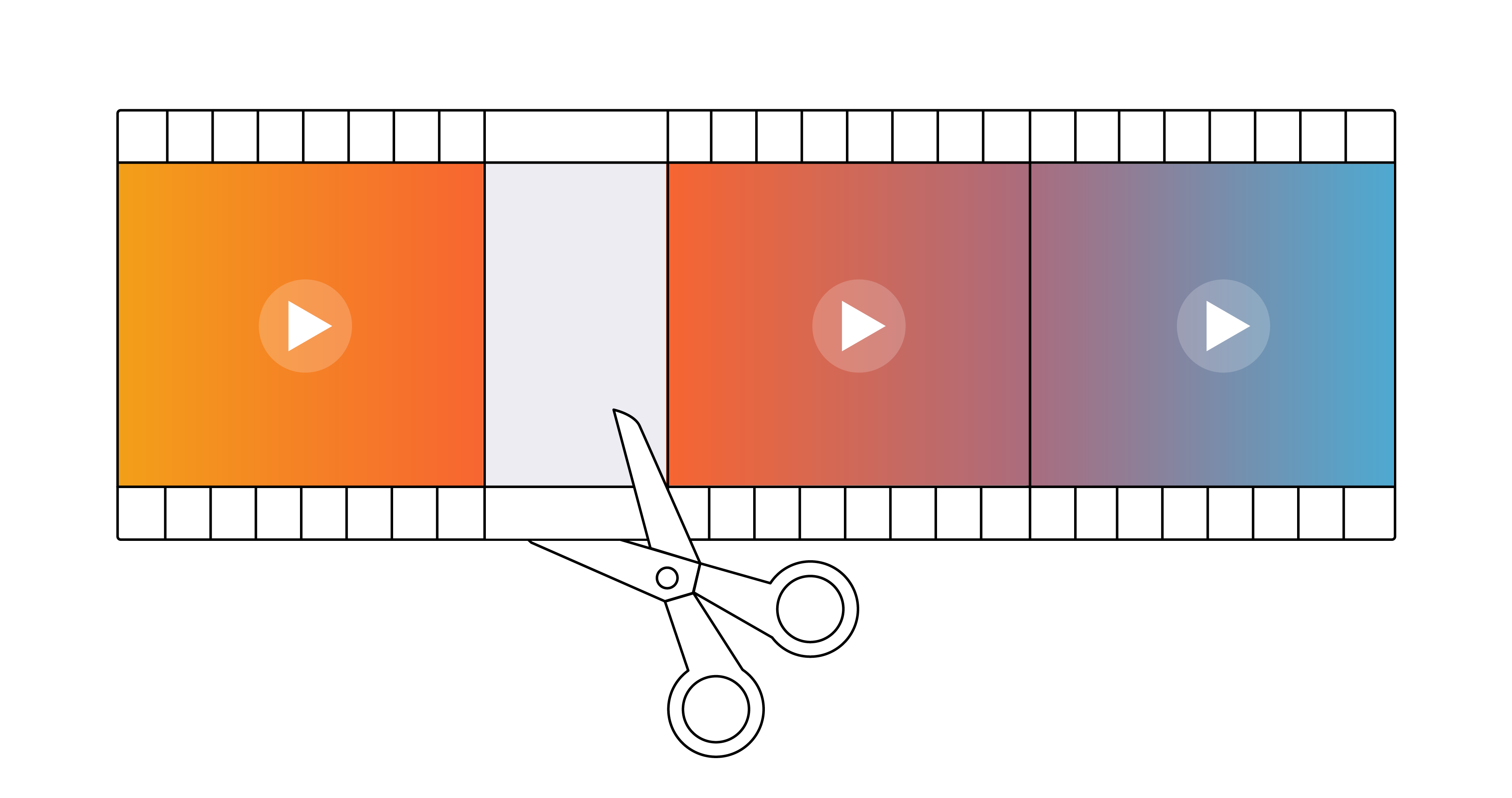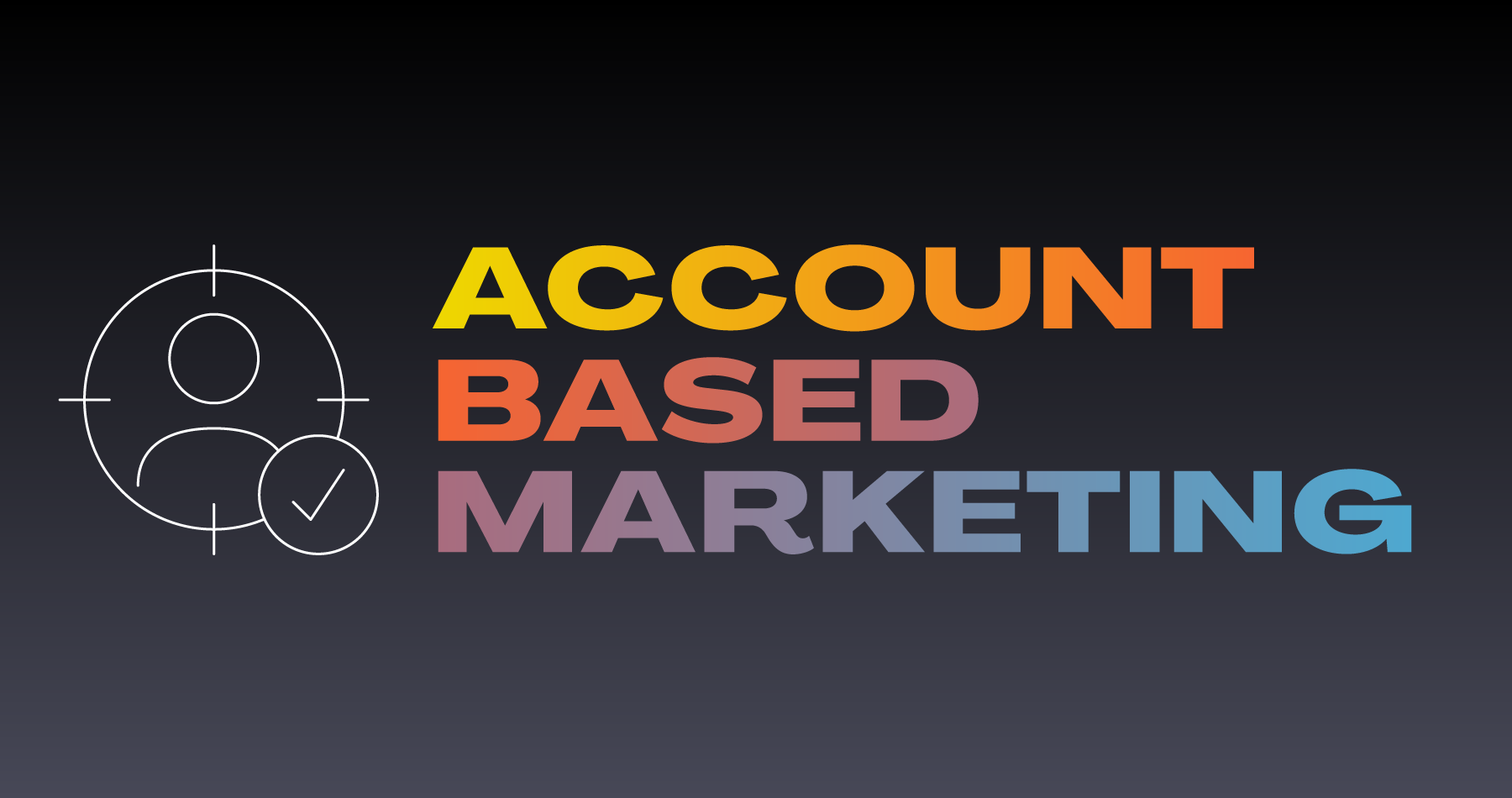How to Create Immersive Video Experiences
Marketing

This blog post is the second in a series of 5 expanding on Brightcove’s INBOUND presentation to help every video initiative deliver better value.
I recently took a trip to the South of France. Even now, months later, I find myself reflecting fondly back on the vacation, and remembering details of my days, things I ate, and places I saw. Could I describe to you what I did last week in my day to day as easily - what I ate, where I went? Honestly, probably not. So why does the vacation stick in my mind? One word: Experience. Experience drives it all.
That very same strategy applies for video. Video that’s powerful and effective, captivating, and memorable is not the video that stays within the confines of the everyday, but instead breaks out of the box and creates an immersive experience that draws you in. It's not just about putting video on your homepage - it's about creating memorable video-led experiences.
The Best Content Medium for Immersive Experiences
Great digital experiences are immersive, they are interactive, and they are personal. They change how people feel, how they buy, and what they recommend. And video is the best form of digital communication to provide these experiences.
Video cuts through the noise. At its core, video is about personal, human connection. It replicates the human experience better than any other digital medium. And video translates complex topics into digestible, understandable content.
But just delivering video is not enough - the experience is what engages your audience and motivates them to take that next step. Immersive video experiences transform the ways businesses connect with their audience.
Many marketers simply stick a video on their website and check the video marketing box. But the video isn’t being used as part of a full digital experience. The experience you create around your video should delight the viewer - creating a destination, rather than an interruption.
Think Outside the Box
How are companies innovating with video and achieving big business results? Video leaders are thinking outside the box - literally. They integrate video with the content around it, to drive a truly immersive and memorable experience. They complement video with calls-to-actions, lead forms, and ecommerce links. They tie the content outside the video player to the content playing inside.
Video leaders also think about multiplying the ROI of their page real estate. Instead of embedding a single large player box with the hope that all users will click “play” on that single video, video leaders provide paths that users can select. By displaying a set of engaging video thumbnails, you let the user select what is most relevant.
With personalized, contextual, video content, you can create different states for your media - specifically tailoring what the viewer sees before, during, and after play.
You can also change that video viewing experience from a lean-back, watching mode, to a lean-in, engaged mode by adding interactive elements to the video experience.
Bring More Within the Box: Add Interactivity
Interactive video is a popular trend in video marketing - and for good reason. Interactivity refers to adding various elements to video content that viewers can actively engage with. It takes what is typically a one way conversation, and turns it into a two way dialogue. Interactivity comes in many forms:
Quizzes: Pause and assess. Ask questions of your audience, ensuring you are “on the same page” before moving on in the video.
Q&A: Engage with audiences and capture insightful data to inform future content choices.
Branching: Click or tap to control the flow of information. Similar to how we seek out the information we desire while browsing websites, branching allows your viewer to navigate their options in-video.
Hot Spots: Mouse-over elements in a video to receive additional information. In some cases, viewers can purchase products directly in a video.
Polls: Share your opinion and understand perceptions around content. Viewers can self-benchmark by viewing the response of their peers.
Text Annotations: Emphasize your point, or let your viewer select his or her next steps with visually interesting in-video calls to action (CTAs) that link to related content.
Calculators: Illustrate or guide your audience by providing interactive budgeting and calculation tools in-video.
Chapterization: Divide your video into chapters, allowing viewers to jump around between content interests. .
Every click and every action is measurable, providing greater insights into your audience, more leads, better leads, and ultimately more business.
Mitre 10 is a New Zealand hardware and builder’s supply chain. They have created a myriad of DIY video series: from following a family as they build their own tiny home, to makeover shows, to short tips and tricks. They use an interactive video player to make it easy to order the products and solutions featured in each video. By clicking on the materials button in the player, viewers are able to add items to the cart and checkout without ever leaving the video viewing experience. Viewers can binge watch design shows and order materials as they go!
Taking the Next Step to Video Marketing Success
You’ve tied your video directly to revenue, and are now cultivating immersive, engaging experiences that drive real business results - so what’s the next step? Keep an eye out for the next post in our series, where we’ll explore how to personalize your video efforts.

